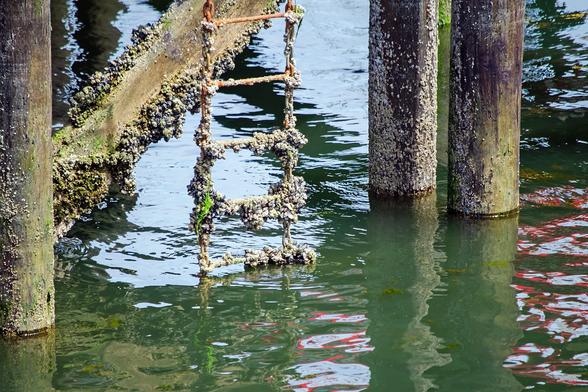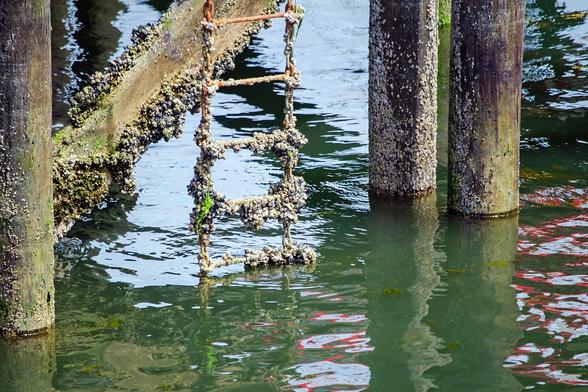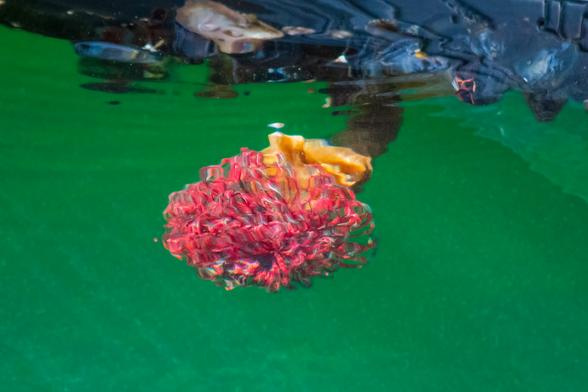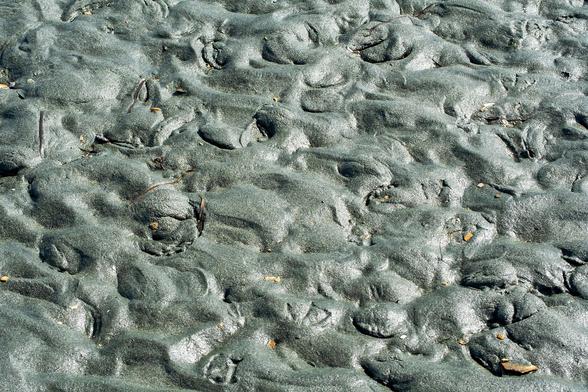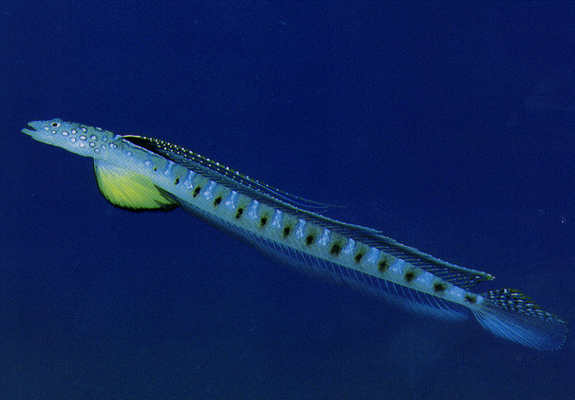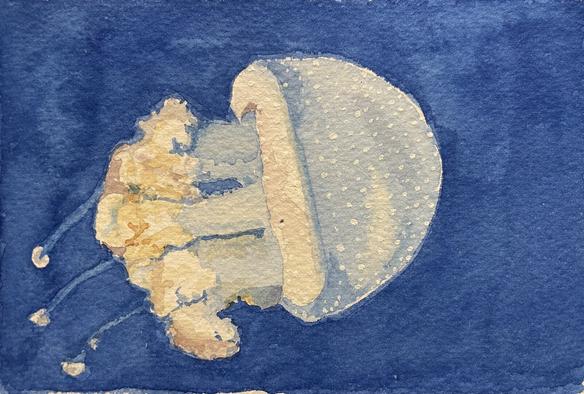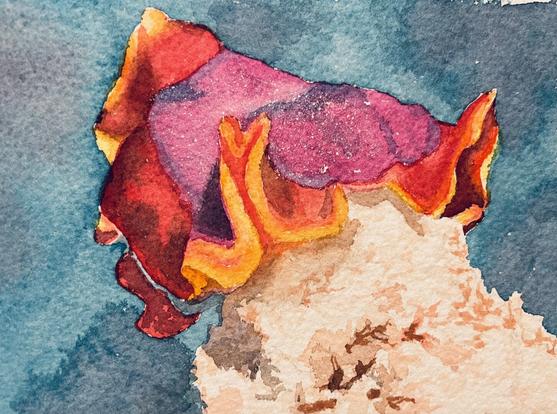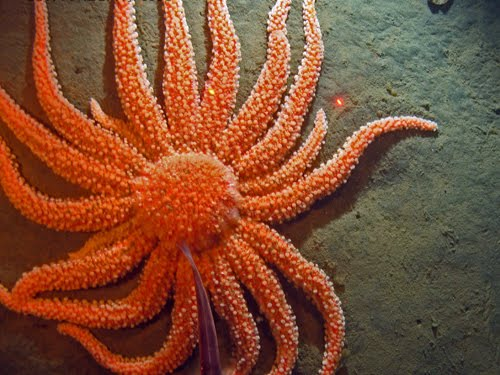Under the ferry dock. Rusty ladder, creosoted pilings, and stacks of barnacles. New blog post: https://wanderinweeta.blogspot.com/2025/06/habitat.html
#VancouverIsland #Invertebrates #MarineLife #MarineInvertebrates #Nature
#MarineInvertebrates
Under the ferry dock. Rusty ladder, creosoted pilings, and stacks of barnacles. New blog post: https://wanderinweeta.blogspot.com/2025/06/habitat.html
#VancouverIsland #Invertebrates #MarineLife #MarineInvertebrates #Nature
Kelp crab and Sargassum. New blog post: https://wanderinweeta.blogspot.com/2025/05/kelp-crab-with-matching-seaweed.html #VancouverIsland #Crabs #Invertebrates #IntertidalInvertebrates #MarineInvertebrates #Seaweed #InvasiveSpecies
Feather duster tubeworm catching the light under a dock. New blog post: https://wanderinweeta.blogspot.com/2025/04/where-sun-shines.html #VancouverIsland #Invertebrates #MarineInvertebrates #InverteFest
Sand dollar community, half hidden under the sand. Dozens of sand dollars, overlapping each other. New blog post: https://wanderinweeta.blogspot.com/.../sorry-about-that.html #VancouverIsland #Invertebrates #MarineInvertebrates #IntertidalInvertebrates #Intertidal #Nature
Grainy hand hermit, staying safe. New blog post: https://wanderinweeta.blogspot.com/2025/03/when-in-doubt-hide.html #VancouverIsland #HermitCrabs #Invertebrates #IntertidalInvertebrates #MarineInvertebrates #Nature
Lion's mane jelly, Oyster Bay. New blog post: https://wanderinweeta.blogspot.com/2024/10/jellies-red-and-white.html #VancouverIsland #Jellyfish #MarineInvertebrates #Invertebrates
Randomly selected image:
EMC_Phase1:Clipart/IFF/Animals/Water/Trop.Fish/Tropical09.iff #MarineInvertebrates #TerrestrialAnimal #Reptile #Drawing #Tail #Illustration #Invertebrate #Slope #Amphibian #Fish
Randomly selected image:
EMC_Phase3:images/waterlife/waterlife.256/sanddiver.256 #Water #Underwater #TerrestrialPlant #MarineBiology #Fin #Fish #ElectricBlue #Tail #MarineInvertebrates #Invertebrate
This is Lineus longissimus, a nemertean known as the bootlace worm. It's one of the longest animals in the world. A specimen caught in Scotland after a storm is thought to have been almost 60 meters long. Although this might be an exceptional case, there's evidence that these worms can reach about 30 meters (the length of a blue whale).
More here: https://brunovellutini.com/posts/lineus-longissimus-longest-animal/
Source image: https://commons.wikimedia.org/wiki/File:Nemertean_Lineus_longissimus.tif
#Nemertea #Zoology #MarineInvertebrates #Worm #Animals #Biodiversity
Day 27 of #invertober #invertober2023
Icelandic scallops have separate sexes from birth, whereas most scallop species are hermaphrodites. Reproduction is by broadcast spawning in June and July. After 6-10 weeks of floating as planktonic life, the larvae settle to hard sand and gravel surfaces. The species is extremely temperature sensitive, with both high and low temperature limits. As the sea surface and bottom temperatures change, the stock densities and distribution of the scallop change as well.
#bivalve #scallop #sealife #marinebiology #invertebrates #marineinvertebrates
Day 25 of #invertober #invertober2023
The horned sea star is big and colorful and found in the warm, shallow waters of the Indo-Pacific region. It can range in colors from orange to tan to even green. Sea Stars have remarkable regenerative powers, when attacked and damaged by predators they are able to grow new arms. They usually have five arms but have been found with 4 or 6 arms, this may be because more than one arm has been damaged at one time!
#seastar #marinebiology #marineinvertebrates #chocolatechipseastar #starfish #sealife #invertebrates
Day 19 of #invertober #invertober2023
White-spotted jellies have a voracious appetite and consume the larvae and eggs of fishes and crustaceans. This not only impacts an ecosystem’s reproductive capacity; it also reduces the food available to other species, as a single jelly can filter up to 13,200 gallons of water a day. Native to the western Pacific, scientists are concerned that the ecosystems where P. punctata has been introduced are simply not equipped to withstand the species’ numbers.
#jellyfish #jellies #invertebrates #marineinvertebrates #marinelife #underthesea #seacreatures #marinebiology
Day 16 of #invertober #invertober2023
The Fuchsia flatworm's striking appearance, characterized by its bright fuchsia, red, and yellow body colors, not only serves as camouflage against coral backgrounds but also warns potential predators of its distastefulness.
#fuchsiaflatworm #flatworm #platyhelminthes #marineinvertebrates
@blog I write about biology, imaging, coding, music, and other things I find interesting to share.
Here are some keywords from the latest posts:
#Science #Biology #Outreach #Cifonauta #MarineInvertebrates #Flies #EvoDevo #DevBio #Wnt #Embryo #Larva #ImageJ #ImageProcessing #SciArt
Day 14 of #invertober #invertober2023
They only grow to about 3cm in size. They absorb toxic chemicals from their prey (Portuguese man o' war) by eating the nematocyst, which is a stinger cell where the poison is stored. So while they’re pretty to look at, don’t pick them up!
#seaslug #molluscs #marinebiology #marineinvertebrates
Day 12 of #invertober #invertober2023
They are found along the western coast of North America in beds of kelp and eelgrass. They tend to take on the color of the plants they eat, so some are greenish, some reddish, and some brownish.
#crustacean #marinebiology #marineinvertebrates #invertebrates
Today in marine invertebrates. Mood. Improving
#MarineInvertebrates
📸 : from this New Scientist website © 2010 TNC/IfAME-CSUMB/MARE
https://echinoblog.blogspot.com/2011/09/the-smithsonian-california-deep-sea.html
